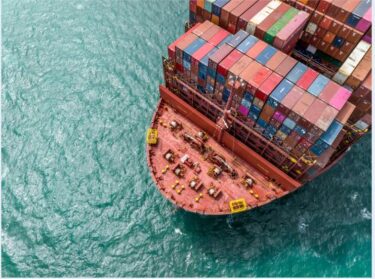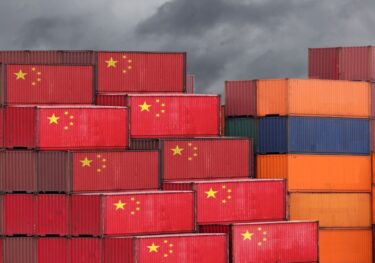The risks to Asia from Trump’s tariff plans so far
The new US administration’s implementation of new trade barriers at a more aggressive pace than in 2018 mean greater uncertainty around US trade and monetary policy. The recent measures announced – tariffs on China, steel and aluminium, and threats of reciprocal tariffs on everyone else – will have consequences not just for China, but for the rest of Asia well.
What you will learn:
- Higher tariffs on China’s end-goods may mean lower Chinese demand for Southeast Asian intermediate inputs, particularly for economies with strong forward links to China. Indonesia, and to a lesser extent Malaysia, have seen an increasing share of their exports directed towards Chinese manufacturing as inputs in recent years.
- Of the measures announced so far, the threat of reciprocal tariffs by the US poses the largest downside risk. India and Thailand may be particularly vulnerable given their large tariff differentials. But it’s likely that Asian economies will try to negotiate some concessions by reducing their own tariffs on the US or by promising to import more US goods.
- Steel and aluminium exports to the US are generally a small percentage of all Asian exports. While Asia isn’t likely to be the main casualty of the steel and aluminium tariffs, the economies that are most at risk of seeing some direct impact are Taiwan, Vietnam and South Korea.
Tags:
Related Resources

Tariffs take a toll despite easing trade hostilities
Global tradeflows remain under pressure despite easing tariff tensions. Recent US–China agreements reduce select import taxes and support China’s 2026 outlook, yet US imports continue to fall and supply chains pivot toward Asia and Europe. Containerised trade is set to expand, while bulk shipments soften alongside weaker industrial demand.
Find Out More
Global trade is losing momentum
Trade disruptions spread across autos and pharma sectors, with EU tariff exemptions giving Europe a competitive edge amid global slowdown.
Find Out More
Why have China’s exports held up so well under higher US tariffs?
China's exports have adapted, rather than retreated, under higher US tariffs. It will be difficult for businesses and consumers to decouple from Chinese exports or China-linked supply chains.
Find Out More
ASEAN growth opportunities following US-China Tariffs
Using sectoral production data from Oxford’s Global Industry Service, we have been able to quantify which countries and sectors have the greatest potential for production migration. Applying this framework across Asia reveals meaningful industrial depth in Vietnam, Thailand, and Malaysia in trade-intensive segments, and a distinctive, more resource-heavy footing in Indonesia and India.
Find Out More